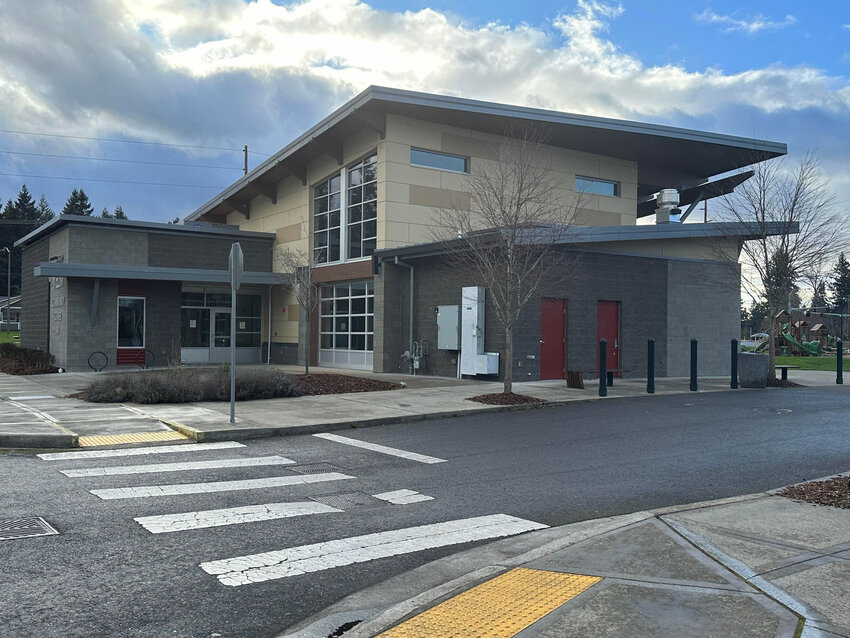Those who did not follow the raw material, solar panel and transport costs during the christmas holidays will have had to blink twice at the beginning of January. Transport costs have been falling for some time and that trend has continued strongly, says Gerard Scheper, CEO of European Solar: “But the prices of polysilicon and panels themselves went down fast. They have become up to a third cheaper, but that will not remain the case. Moreover, many players still have expensive stock lying around.”
The expectation that many Chinese project developers would postpone their projects to 2023 has come true. The increased material costs and low Chinese subsidies do not outweigh the energy prices that have also risen in China, but much less than in Europe. At the end of 2022, there was a production gap that, according to Scheper, will not yet be fully filled in January and February.
Demand and prices expected to pick up considerably from April
“Demand – and therefore also the price – will pick up considerably from April due to the more severe Chinese and European climate targets. If you want to have the raw materials, materials or solar panels delivered in April or May, it will be a more difficult story, but for February and March there is still plenty of available production space. In China they do continue to produce, you can’t just turn off those machines.”
In addition, the container price had already fallen spectacularly fast in recent months and that was no different in December. Before the turn of the year, large batches of containers could be secured for about 1,500 dollars each. This may interest you : EcoFlow Prime Day offers discounts on power stations and solar panels. Now it doesn’t even have to be a big party to fix that price.
“Add to that the greatly improved exchange rate between the dollar, euro and renminbi and the falling price of polysilicon and you understand why the prices of solar panels have fallen sharply. We only see here later in the quarter that this has consequences for purchasing, since it concerns new production and Chinese New Year falls early this year (from 21 January onwards), Scheper sees
Wholesalers in particular are in a strange position
For wholesalers, this will have been quite a shock. They still have large stocks that have been purchased a lot more expensively. On the same subject : Why Isn’t Every Parking Lot Covered With Solar Panels?. There will be a lot of pressure on the price, so it will probably go down in increments.
“In addition, the port of Rotterdam is also completely full of more expensively produced solar panels, so where do you want to leave all those panels? Both the manufacturers and the wholesalers have a similar issue and are therefore in talks with each other to implement a controlled price decrease. Since it is expected that prices will rise again in Q2, this is how we try to remove the uncertainty and shock from the market, which ultimately benefits everyone”, according to Scheper.
Did you miss that? Meyer Burger: PV module production capacity of 1.4 GW by end of 2023
“The question is whether you will succeed. There are wholesalers who have warm ties with their suppliers, they still have a chance. But if you have negotiated too hard in previous demand shortages, you can hit a brick wall.”
All in all, it is a strange period. The commercial and residential interest in solar panels is great, the objectives for the coming years are fixed and with it a sharply increasing demand as well, but it is still quiet before the storm. “The most important question is therefore: To what extent are you already ready for purchase,” says Scheper. (hcn)
Read the latest free market outlook report of European Solar here


